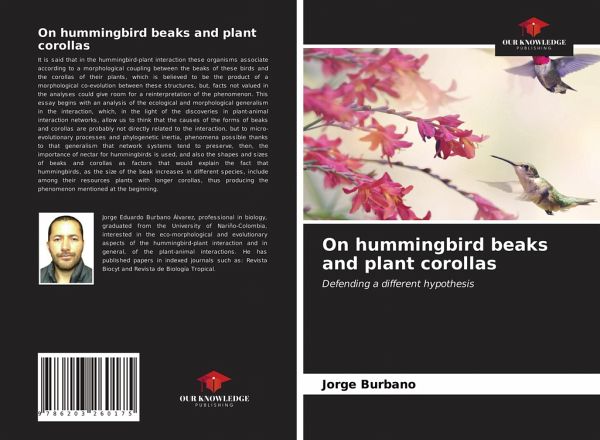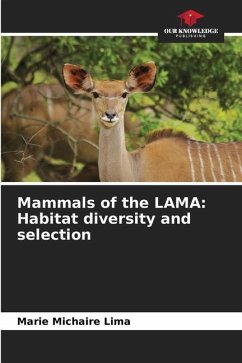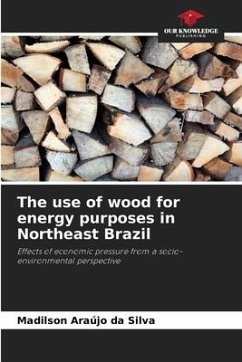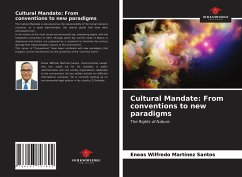
On hummingbird beaks and plant corollas
Defending a different hypothesis
Versandkostenfrei!
Versandfertig in 1-2 Wochen
26,99 €
inkl. MwSt.

PAYBACK Punkte
13 °P sammeln!
It is said that in the hummingbird-plant interaction these organisms associate according to a morphological coupling between the beaks of these birds and the corollas of their plants, which is believed to be the product of a morphological co-evolution between these structures, but, facts not valued in the analyses could give room for a reinterpretation of the phenomenon. This essay begins with an analysis of the ecological and morphological generalism in the interaction, which, in the light of the discoveries in plant-animal interaction networks, allow us to think that the causes of the forms ...
It is said that in the hummingbird-plant interaction these organisms associate according to a morphological coupling between the beaks of these birds and the corollas of their plants, which is believed to be the product of a morphological co-evolution between these structures, but, facts not valued in the analyses could give room for a reinterpretation of the phenomenon. This essay begins with an analysis of the ecological and morphological generalism in the interaction, which, in the light of the discoveries in plant-animal interaction networks, allow us to think that the causes of the forms of beaks and corollas are probably not directly related to the interaction, but to micro-evolutionary processes and phylogenetic inertia, phenomena possible thanks to that generalism that network systems tend to preserve, then, the importance of nectar for hummingbirds is used, and also the shapes and sizes of beaks and corollas as factors that would explain the fact that hummingbirds, as the size of the beak increases in different species, include among their resources plants with longer corollas, thus producing the phenomenon mentioned at the beginning.












